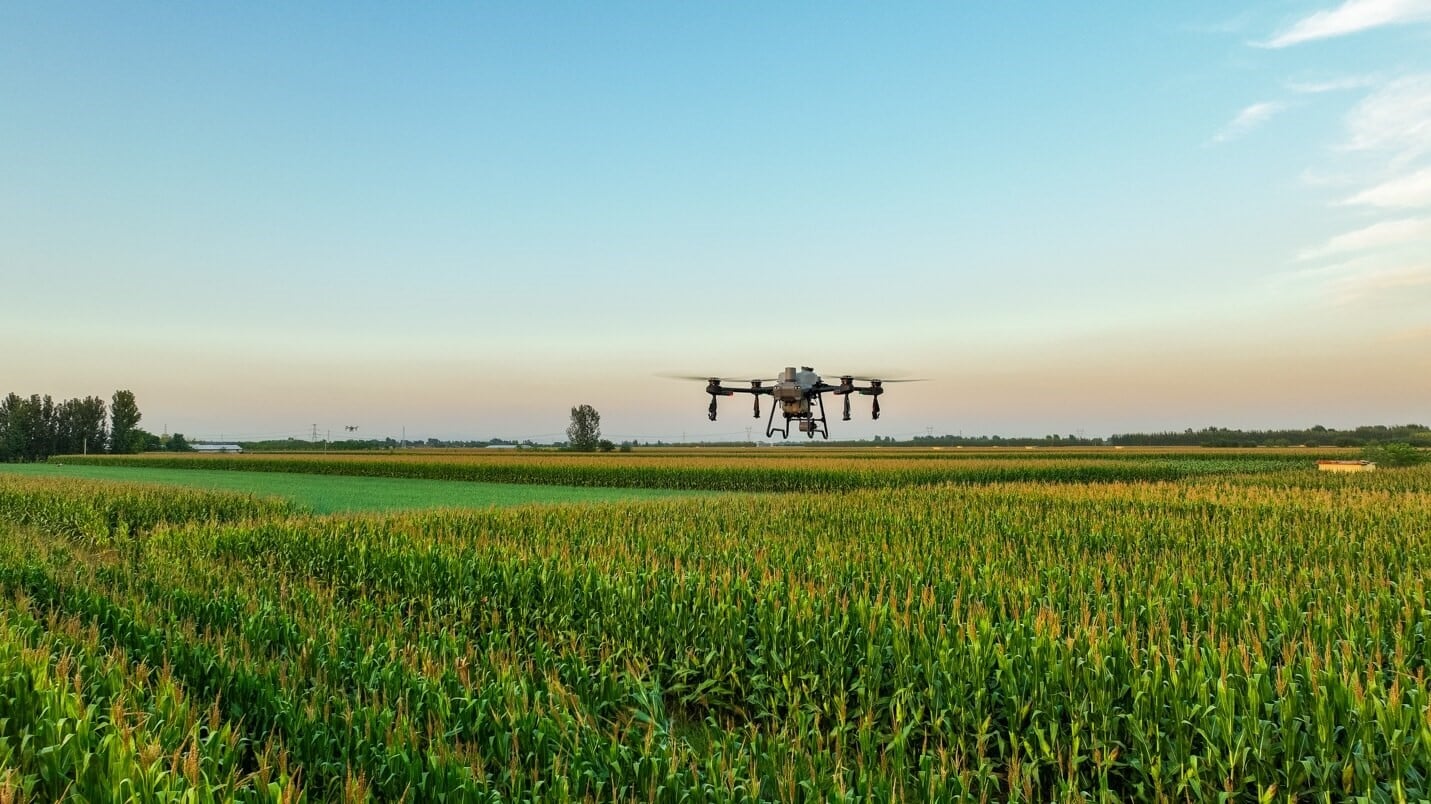Key Takeaways
- Stark Flight has launched an advanced drone platform aimed at supporting modern crop management.
- The system enables precision chemical applications, terrain adaptation, and nighttime operation.
- Beta testing across U.S. farms reported improvements in operational efficiency and yields.
- The Stark Flight platform is designed for scalability and ease of integration into existing farm operations.
- Future enhancements may include AI-driven analytics and increased payload capabilities.
Stark Flight Introduces Drone Technology for Agricultural Use
Stark Flight, a St. Louis-based company specializing in drone applications for agriculture, has announced the release of its new drone platform. The system is designed to assist farmers, agribusinesses, and researchers with tasks such as input application, data collection, and field monitoring. According to the company, the platform is intended to help users improve efficiency, reduce operational costs, and implement more targeted crop management strategies.
The announcement comes as global interest in agricultural drone technology continues to grow. Market forecasts project the sector to reach $10.2 billion by 2030, driven by a demand for precision agriculture tools that support increased yields and resource efficiency.
Features and Capabilities
Precision Input Application
The Stark Flight platform enables targeted application of fertilizers, pesticides, and herbicides through pre-programmed flight paths and automated spraying mechanisms. The company reports a potential reduction of up to 30% in chemical usage compared to conventional methods.
Terrain Adaptability
Equipped with radar and vision sensors, the drones include terrain-following functionality to maintain consistent height over variable ground conditions, such as slopes or muddy areas.
Operational Cost Management
Users in pilot programs cited cost savings due to decreased fuel usage, reduced need for manual labor, and lower chemical and water input requirements. Reported reductions in operational expenses were as high as 25%.
Environmental Considerations
The platform aims to reduce chemical runoff and water usage, aligning with broader sustainability objectives. Its use may help minimize environmental impact, particularly in sensitive agricultural areas.
Data Collection
High-resolution imaging and environmental sensors allow for the monitoring of plant health, soil status, and nutrient levels. This data can be used to inform decisions related to irrigation, fertilization, and pest control.
Reduced Equipment Wear
By taking over certain spraying and monitoring tasks, the drones may lessen the burden on traditional machinery, potentially reducing maintenance and extending equipment life.
Flexible Deployment
The drones are designed to be deployed quickly and can operate in various conditions, including post-rain environments or during nighttime hours, which can be beneficial for addressing specific crop issues.
Scalability and Accessibility
With a user-friendly interface and automated flight systems, the platform is intended to be accessible to both small- and large-scale farms, requiring minimal training for effective use.
Stark Flight's Reported Outcomes and Future Development
According to data from beta testing on 50 farms in California and the Midwest, users observed up to a 25% improvement in crop management efficiency and a 15% increase in yield. These results were self-reported by participating farms and are based on the company’s internal evaluations.
Stark Flight has indicated plans to enhance the system with improved sensor technology and expanded payload options. The company is also exploring collaborations with agricultural technology firms to incorporate AI-based analytics into future versions of the platform.


